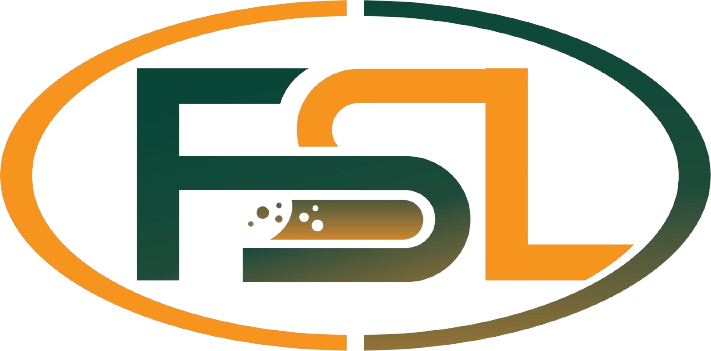
PU vs Epoxy Flooring – Complete 2025 Guide
Choosing the right flooring solution for industrial, commercial, or residential spaces is crucial for durability, aesthetics, and performance. Two of the most popular flooring options in 2025 are PU (Polyurethane) Flooring and Epoxy Flooring. This comprehensive guide will help you understand the key differences, benefits, drawbacks, and ideal use cases of PU and Epoxy flooring to make an informed decision.
What is PU Flooring?
PU flooring, or Polyurethane flooring, is a type of resinous flooring system made from polyurethane materials. It is known for its excellent flexibility, chemical resistance, and durability. PU flooring typically features a soft, smooth finish, making it ideal for areas requiring impact absorption and comfort underfoot.
Key Features of PU Flooring:
-
Superior flexibility and elasticity
-
High resistance to abrasion and wear
-
Excellent UV resistance (prevents yellowing)
-
Comfortable surface for walking and standing
-
Resistant to chemicals and stains
-
Suitable for interior and exterior applications
What is Epoxy Flooring?
Epoxy flooring is a thermosetting resin applied as a coating on concrete floors. It creates a hard, glossy surface known for its toughness and resistance to heavy loads and chemicals. Epoxy is widely used in industrial facilities, garages, warehouses, and commercial spaces due to its strong adhesion and durability.
Key Features of Epoxy Flooring:
-
Extremely hard and durable surface
-
Excellent chemical and solvent resistance
-
High gloss and attractive finish
-
Resistant to impact and heavy traffic
-
Easy to clean and maintain
-
Typically used indoors
PU vs Epoxy Flooring: Side-by-Side Comparison
| Feature | PU Flooring | Epoxy Flooring |
|---|---|---|
| Durability | High flexibility reduces cracking risk | Very hard but prone to cracking |
| Surface Texture | Soft, smooth, slightly elastic | Hard, glossy, rigid |
| Chemical Resistance | Excellent | Excellent |
| UV Resistance | Very good – suitable for outdoor use | Poor – tends to yellow under sunlight |
| Impact Resistance | High (absorbs shocks well) | Moderate (can chip or crack under impact) |
| Installation Time | Slightly longer due to curing | Faster curing times |
| Maintenance | Easy to clean and maintain | Easy to clean, but cracks require repair |
| Ideal Applications | Hospitals, gyms, schools, outdoor decks | Warehouses, factories, garages |
| Cost | Generally higher due to material quality | More affordable |
Benefits of PU Flooring
-
Comfort: PU flooring provides a cushioned surface which is ideal for areas where people stand or walk for long periods.
-
Flexibility: It expands and contracts with temperature changes, reducing the risk of cracks.
-
Aesthetic Variety: Available in various colors and finishes, including matte and satin.
-
Outdoor Friendly: UV resistance makes it perfect for outdoor applications.
Benefits of Epoxy Flooring
-
High Strength: Perfect for areas with heavy machinery and vehicular traffic.
-
Quick Application: Fast curing times allow quicker project completion.
-
Glossy Finish: Creates a sleek, professional look with reflective properties.
-
Chemical Resistance: Ideal for industrial environments exposed to oils, solvents, and acids.
Which Flooring is Better for You in 2025?
-
Choose PU Flooring if:
You want a flexible, comfortable, and UV-resistant surface suitable for high-traffic interior and exterior areas with moderate mechanical stress. -
Choose Epoxy Flooring if:
You require a highly durable, hard surface with excellent chemical resistance for industrial or commercial environments with heavy loads.
Conclusion
Both PU and Epoxy flooring have their unique advantages and drawbacks. The right choice depends on your specific needs, budget, and environment. For a soft, flexible, and UV-resistant floor, PU flooring leads in 2025. For extreme durability and chemical resistance in heavy-duty areas, epoxy flooring remains the top choice.
By understanding these key differences, you can select the best flooring system that ensures longevity, performance, and aesthetic appeal for your space.
